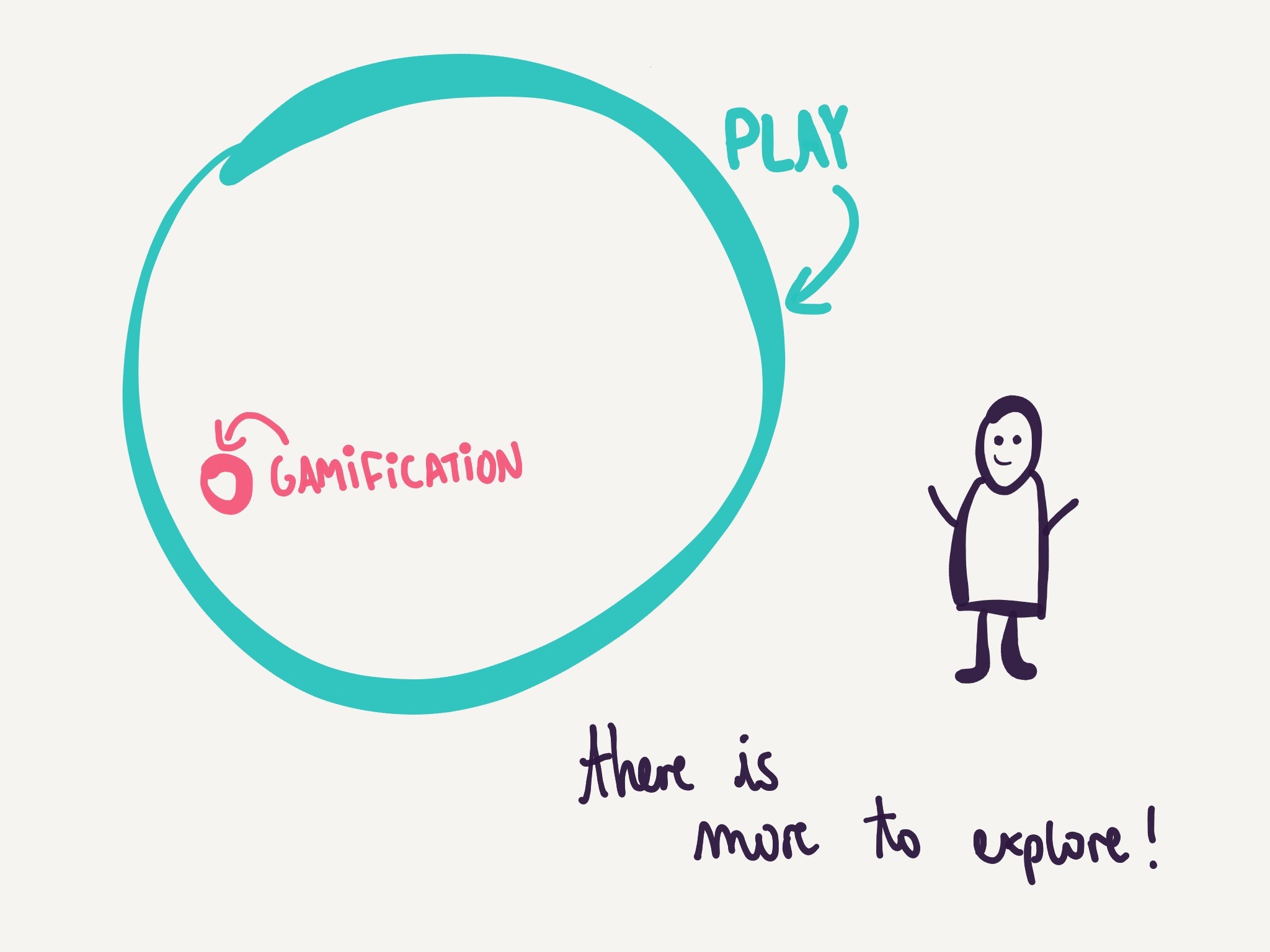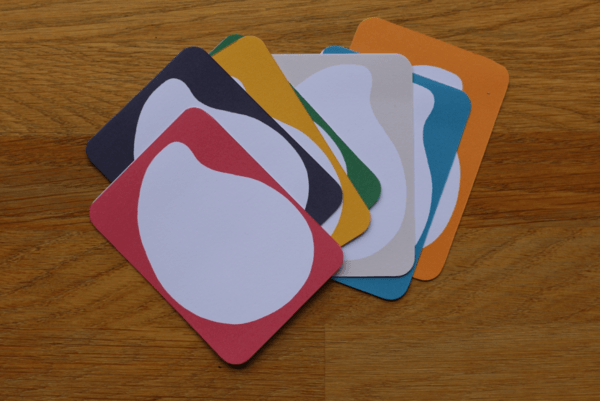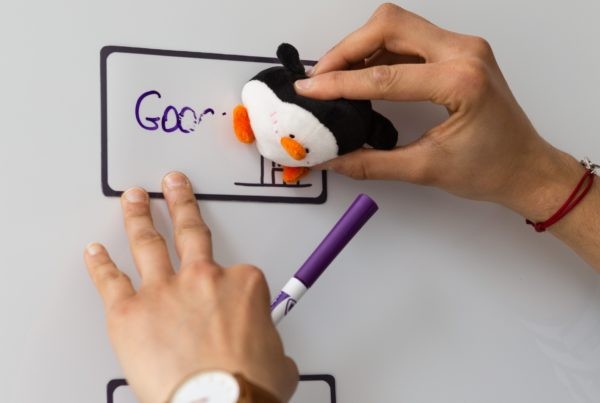When a smartphone app rewards you with an achievement badge or a store offers loyalty points with every purchase, that is gamification at work, and it’s big business for organizations that leverage it well. Loosely defined as the application of game mechanics in non-gaming contexts, gamification is everywhere—from political campaigns to humanitarian projects to education initiatives—and it’s only getting bigger from here.
The global gamification market currently tops €1.38 billion ( $1.65 billion USD ) in annual revenue worldwide, and is expected to reach €9.26 billion ( $11.1 billion USD ) by 2020 according to the industry research company MarketsandMarkets. The wild expansion is in part due to unprecedented success some organizations have had thanks to gamifying their products or services.
For example, the language learning platform Duolingo relies on several different game mechanics, including unlockable levels, visible progress bars, and rewards for completing small challenges. Zan Gilani, associate product manager for Duolingo, credits these functions, which consistently provide users with incentives and rewards, as primary reasons why the app has drawn more than 200 million users and is the single most downloaded education app of all time. One reason why Duolingo’s gamified learning system works is because the company has dedicated serious time, research, and resources into understanding exactly what types of game design elements its clients want, and what turns them off. In other words, they know how their users want to play.
Gamification requires significant investment to be successful, and it doesn’t work for every project. When designed poorly or slapped onto the wrong campaign, bad gamified initiatives can cause stakeholders to lose interest and brands to lose face. Laure Dousset, co-founder of Plush & Nuggets, says that executives often feel that gamification is the only way to incorporate play into their products, services, or organizational culture, but that’s far from true.
“Gamification is actually just a small, very narrow slice of playful design,” Dousset said while giving a talk at the Plush & Nuggets Make It Playful Hackathon earlier this year. “When organizations are evaluating who they are and what they do, play needs to be built into that from the very beginning. If play is going to be a key part of that company, it isn’t as effective if it’s an afterthought.”
While gamification will keep expanding in the foreseeable future, only organizations that leverage game elements as pieces of a larger playful puzzle will truly get it right.




